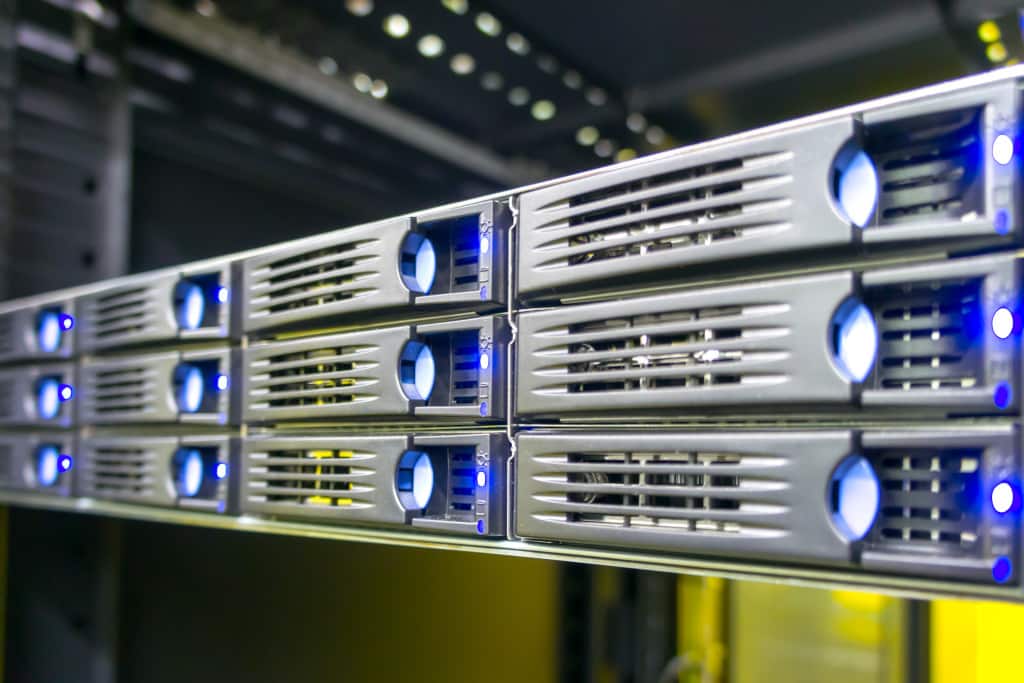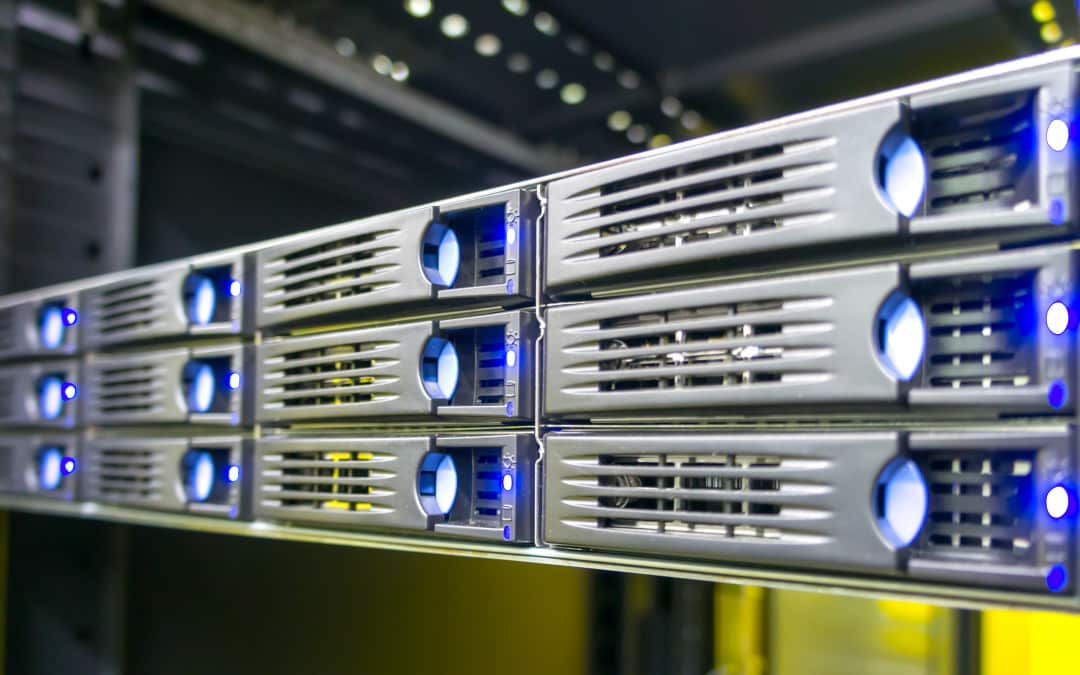
Today it has become the standard for most servers, SAN, and NAS devices.
These storage arrays offer numerous advantages to the user:
- Large Storage Space – Combining the size of several disks allows the user to store files that are too large to fit on a single hard drive.
- Performance – Striping data across multiple disks can also increase data throughput. Example: in a RAID 0 which splits all data across two disks to write a 10Mb file only requires 5Mb to be written to each disk. Effectively doubling the speed which data can be read and written to the array.
- Redundancy – In RAID 1 and 10 or 1+0 mirrored volumes are used. This allows for any one hard drive to fail and the array will continue to operate on the mirror of that drive. They are effectively clones of each other. And when the failed drive is replaced, it is rebuilt from the good drive/drives.
In RAID 2 through 5 the data is striped, but parity data is used so that any one drive can fail and the array will still function and can be rebuilt. In RAID 6 a double parity is used so that any two drives can fail and the array will still function without needing recovery.
What RAID is NOT!
Many people who employ RAID 5, 6, or 10 believe that the redundancy of the array works as a backup for their data. This belief is actually incorrect. RAID is not the same as a backup. The redundancy in an array is intended to be used for up time rather than backup. RAID arrays generally allow a failed drive to be replaced on the fly and the data is then rebuilt onto the new drive at a time convenient to shut down the server.
If a file is deleted, accidentally modified, or the filesystem becomes corrupted, the changes are written to all disks almost simultaneously. Also when RAID arrays do fail, very often corrupted data is copied from the bad drive to the remaining good ones causing the array to fail.
So the bottom line is, if you have a RAID array you still need to back up the data.
RAID Data Recovery
Fortunately there are professionals who specialize in recovering data from failed RAID storage arrays. Right here in Rhode Island, Data Medics is one such company. So far only one RAID array has ever made it to our lab that we couldn’t recover (and we were a second opinion after another lab had already tried and failed).
If you’re a business owner or MSP who needs to get important data back from a failed array please contact us to see what we can do to get you back up and running. Visit our contact page to reach us.













